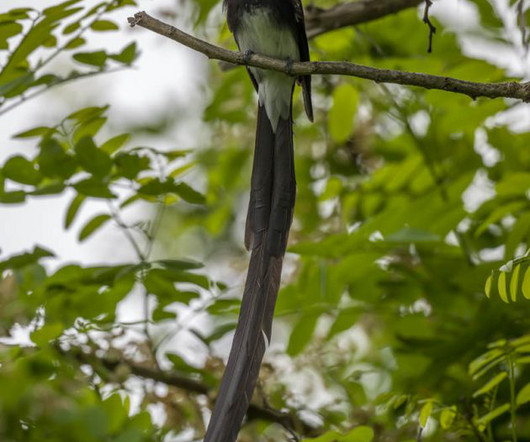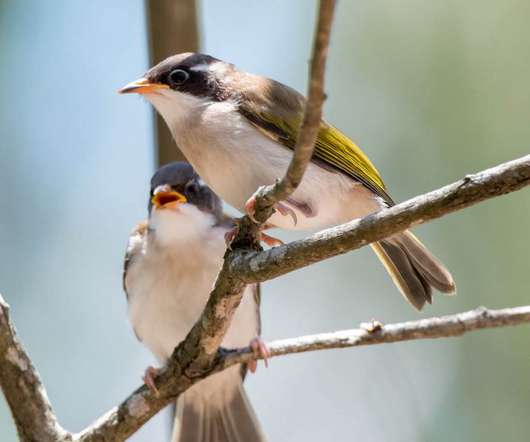The popstars are back: Paradise Flycatchers in Shanghai
10,000 Birds
JUNE 26, 2023
Here goes: Paradise Flycatchers are a genus in the broader (and rather large) family of Monarchidae. It is listed as Near Threatened – the HBW cites the usual reasons that are just other ways of saying that humans do not care enough for other species, such as forest loss and degradation in its winter range. not their own).












Let's personalize your content